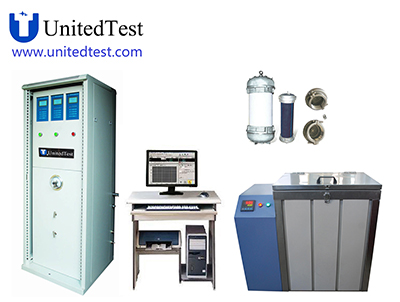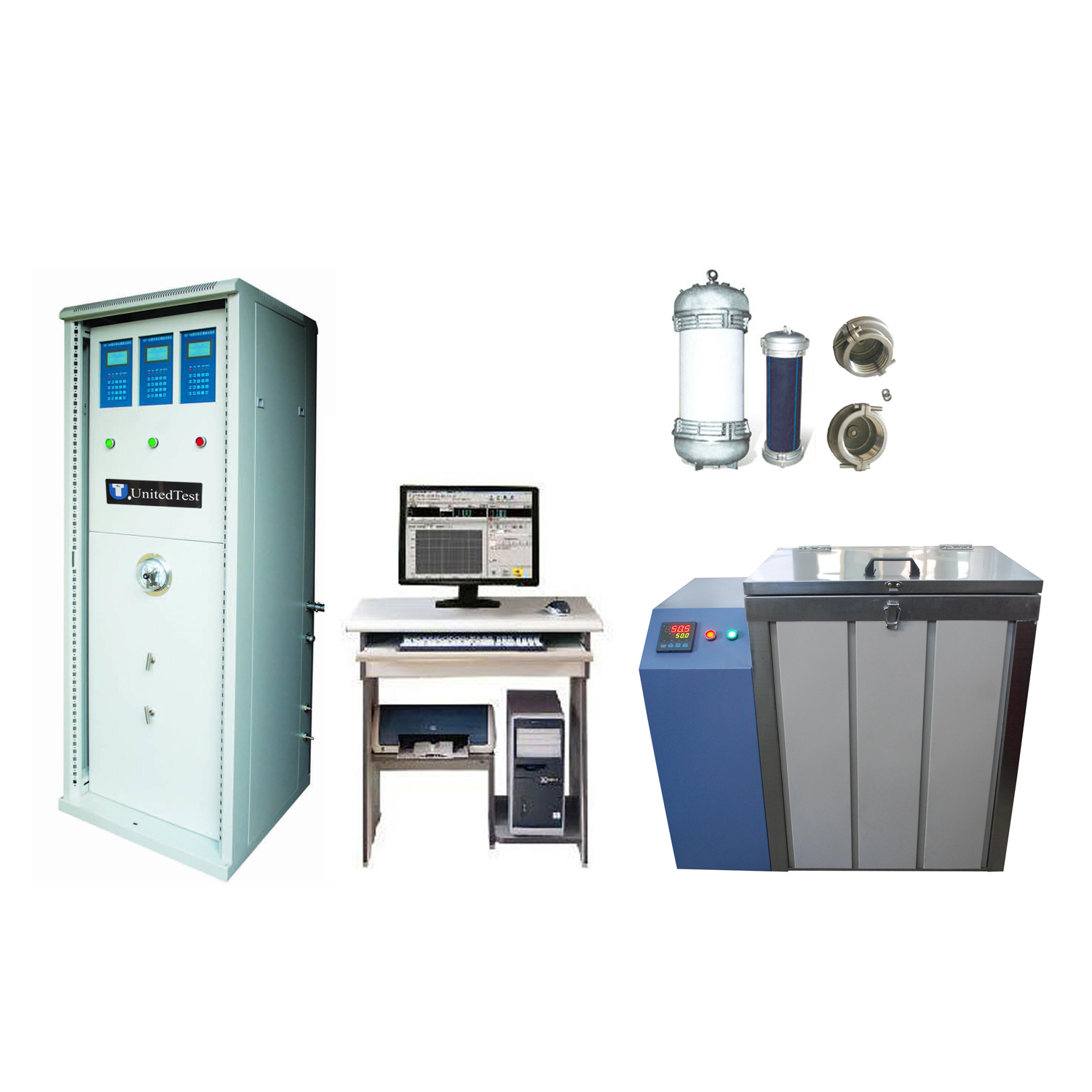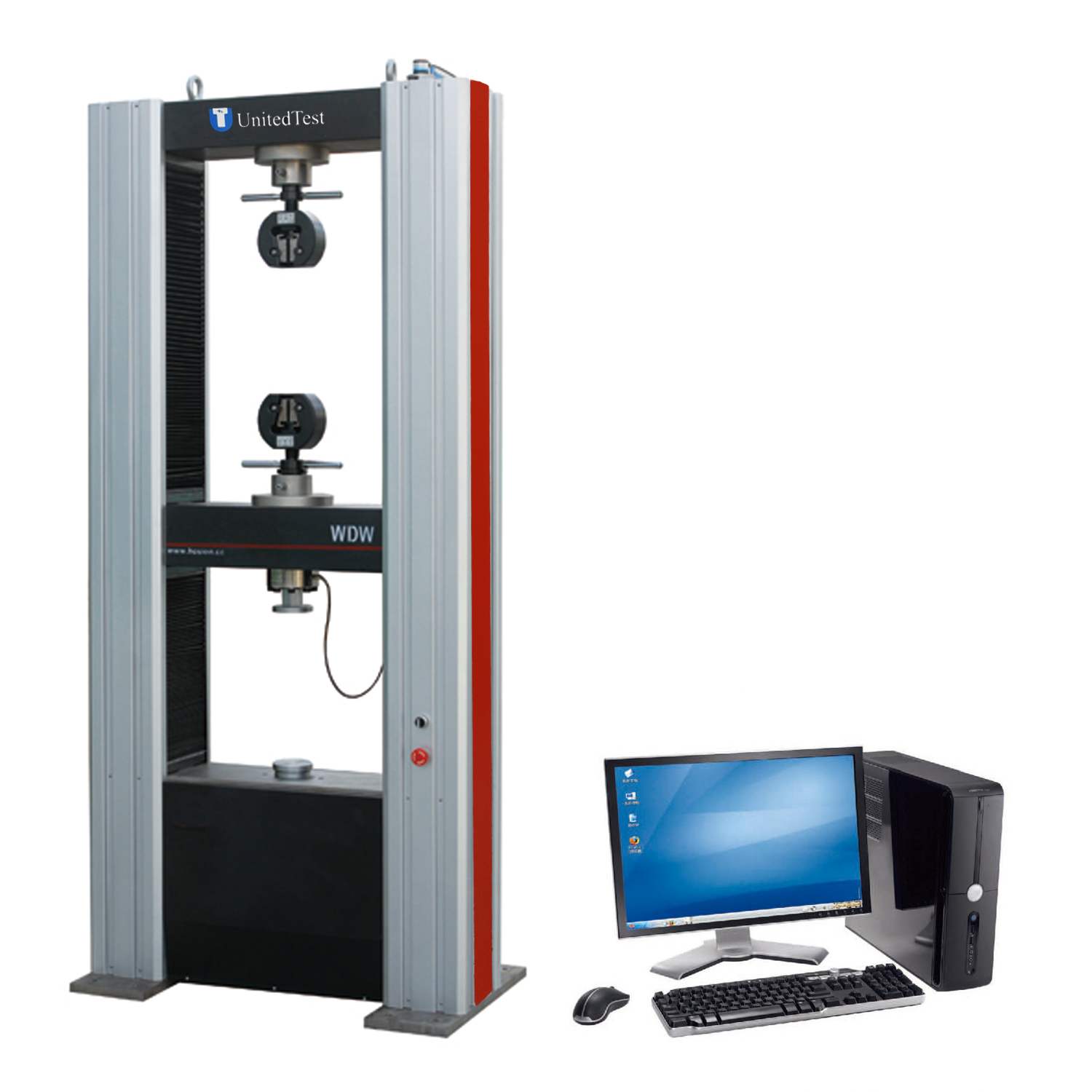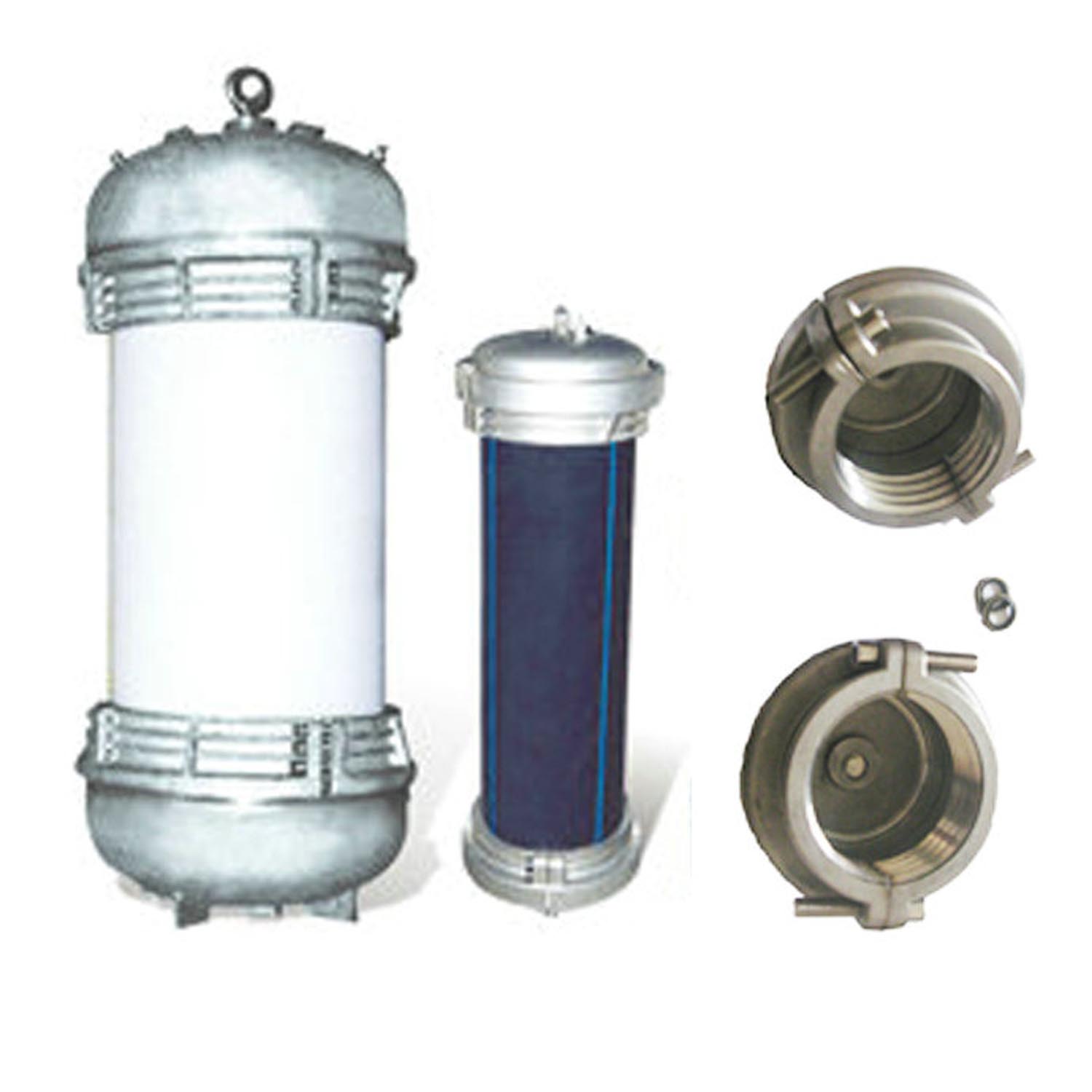ISO 9080 Long Term Hydrostatic Pressure Test for Thermoplastic Pipe testing
The damage of PE-HD pipes is related to temperature, load size, and load duration. An increase in working pressure or working temperature can lead to a decrease in pipe damage time, that is, a shortened service life of the pipe. PE HD pipelines generally require a service life of 50 years or more, and current standards extrapolate the ability of pipes to withstand static hydraulic pressure for decades or even 100 years of use through shorter tests. The two standard systems of ISO and the United States have similar methods for predicting the long-term strength of PE-HD pipelines, both of which predict the long-term static water strength of pipes through hydrostatic testing. However, the theoretical basis of the two methods is slightly different. According to ISO 9080, the longest static hydraulic test for pipes shall last for at least 9000 hours. The circumferential stress and failure time data at the time of pipe failure shall be classified using multiple linear regression method, and the MRS value of the material shall be determined based on the 97.5% confidence lower limit of the long-term static hydraulic strength for 50 years (438 000 hours). In the ASTM D2837 standard, the longest static hydraulic test for pipes should last at least 10000 hours, extrapolated to obtain an average long-term static hydraulic strength of 100000 hours (approximately 11.4 years), classified to determine the HDB value. According to ASTM D2837, each temperature should be evaluated independently, so there is no temperature variable in its linear regression model. In ISO 9080, low-temperature data can be extrapolated from high-temperature test results.
ISO 9080 Hydrostatic Pressure Testing Machine for pipe sample:
Advanced Hydrostatic Pressure Testing Service
ISO 9080 (MRS) Testing
Objective: Determine Minimum Required Strength (MRS) based on long-term hydrostatic strength at 20°C and 50 years.
Process: Rigorous hydrostatic pressure testing and regression analysis for precise classification of plastic pipes to ISO 9080 standards.
A complete evaluation includes hydrostatic pressure testing for generation of test data followed by regression analysis for determination of the long term hydrostatic strength, and finally classification of HDB (Hydrostatic Design Basis) or MRS (Minimum Required Strength).
MRS classification to ISO 9080 is based on the long-term hydrostatic strength at 20°C and 50 years.
HDB classification to ASTM D2837 / PPI TR-3 is based on the long-term hydrostatic strength at 73°F (23°C) and 100,000 hours.
ISO 9080 / UnitedTest HYD hydrostatic pressure testing machine
Objective: Classify based on Hydrostatic Design Basis (HDB) using long-term hydrostatic strength at 73°F (23°C) and 100,000 hours.
Process: Hydrostatic pressure testing and regression analysis for compliance with ASTM D2837 and PPI TR-3 standards.
Standard Test Conditions
Temperature Variation: Tests conducted at 20°C, 60°C, 80°C for cold water/gas, and 20°C, 70°C, 95°C, 110°C for hot water. Fahrenheit temperatures used for ASTM standards. Material Diversity: Expertise in testing PE, PP, PB, PEX, PE-RT, PVC, PSu, and PA for a comprehensive evaluation.
High-Precision Measurement
Methodology: Robot cell for high-precision measurements, identifying minimum wall thickness. Automation: Automated measuring with computed radiography ensures thorough coverage, streamlining repetitive tasks with precision.

Diverse Material Evaluation: Comprehensive Hydrostatic Pressure Testing
We perform thorough hydrostatic pressure testing across a diverse range of polymer materials, ensuring a comprehensive evaluation of plastic pipes. Our expertise encompasses the testing of various materials, including but not limited to:
PE (Polyethylene): Known for its versatility and durability, PE is widely used in plastic pipes for its excellent chemical resistance and flexibility.
PP (Polypropylene): Recognized for its high thermal resistance and stiffness, PP is a popular choice in applications where these properties are crucial.
PB (Polybutene): Offering a balance of flexibility and strength, PB is utilized in plastic pipes for its resistance to impact and aging.
PEX (Cross-linked Polyethylene): Known for its exceptional temperature and chemical resistance, PEX is widely used in plumbing and heating systems. PE-RT (Polyethylene of Raised Temperature Resistance): Specially designed for elevated temperature applications, PE-RT ensures reliable performance under demanding conditions.
PVC (Polyvinyl Chloride): PVC is valued for its chemical resistance, durability, and affordability, making it a common choice for various piping applications.
PSu (Polysulfone): With high-temperature resistance and excellent mechanical properties, PSu is suitable for demanding industrial applications.
PA (Polyamide): Known for its strength and impact resistance, PA is used in plastic pipes where durability and toughness are critical.
This comprehensive testing approach allows Element to provide accurate and reliable data on the long-term hydrostatic strength of plastic pipes across different materials, enabling industries to make informed decisions about product performance and suitability for specific applications.
 Global links
Global links




